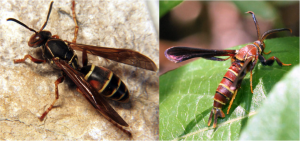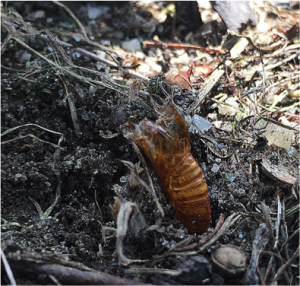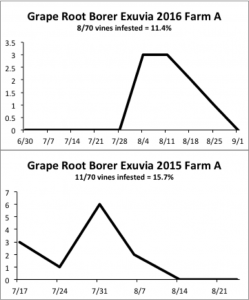When: February 22 (Thu), 1:00 – 3:00 PM
Where: Rutgers Agriculture Research and Extension Center
121 Northville Road, Bridgeton, NJ 08312
Topics: – Assessing Cold Injuries in the Grapevine Buds.
Balanced Pruning and Ravaz Index.
How to Prune First and Second Year Grapevines on High Cordon and Low Cordon Training Systems.
Speakers: Hemant Gohil, Agriculture Agent, REC Gloucester County
Daniel Ward, Extension Fruit Specialist, Rutgers NJAES
Gary Pavlis, Agriculture Agent, REC Atlantic County
No registration fees, however Pre-registration is required. Register by call Joan Medany 856-307-6450 Ext.1 or email jmedany@co.gloucester.nj.us
Organizer: Hemant Gohil, Gloucester County Agriculture Agent and New Jersey Center for Wine Research and Education



